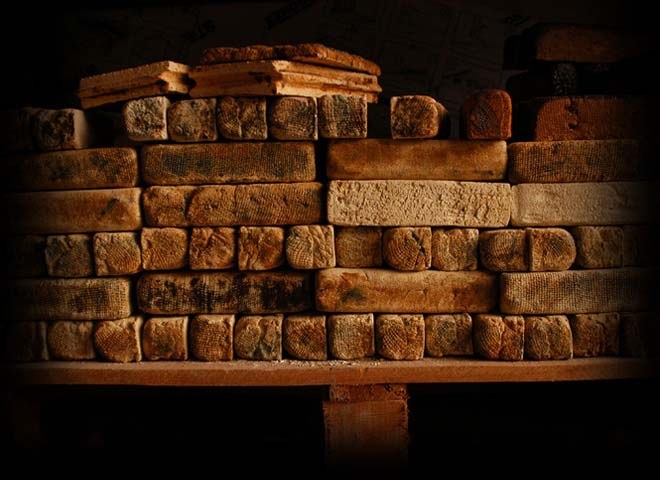The composition of the composite material
The composite is called a solid heterogeneous material, which was artificially created from several components with different physical and chemical properties. The mechanical characteristics of the composite material defines the correlation properties of the matrix and reinforcing elements, as well as the strength of their connection, which is ensured by proper choice of initial components and the way to combine them.
The most primitive composite materials are bricks of straw and clay used by the ancient Egyptians.
Often referred to as composite materials based on resins or polymer matrices. For the manufacture of composite materials are phenolic, epoxy, vinylester, polyester and polypropylene polymers. Reinforcing substances in the manufacture of composites are bulk materials and fibers. The strength of the material depends on the amount of resin is less than her, so it is stronger. Today to achieve the perfect proportions of all components in the composite material is constantly improving the technology of molding.
Methods of forming composite materials
In the process of molding the matrix of the composite material combined with its reinforcing substance, whereby it is possible to manufacture a particular product. Thermosetting polymer matrix in the molding process pass through the chemical reaction of curing. The thermoplastic polymer matrix during the molding process melt and freeze in that shape. This process usually takes place in conditions of room temperature and normal pressure.
The most common composite today is considered as cement with metal reinforcement or asphalt.
There is also a contact (manual) formation, which has a number of serious shortcomings. The product formed by this method contains a high amount of resin, making it more fragile. In addition, when it is difficult to achieve perfect proportions of matrix and reinforcing substances, as well as to observe the thickness of the product, while avoiding internal air passages.
The process of vacuum forming involves the use of an open snap-in which to place components of a composite cover with silicone membrane or polymer film. Then snap in the conditions of atmospheric pressure and elevated temperature is applied to the vacuum.
